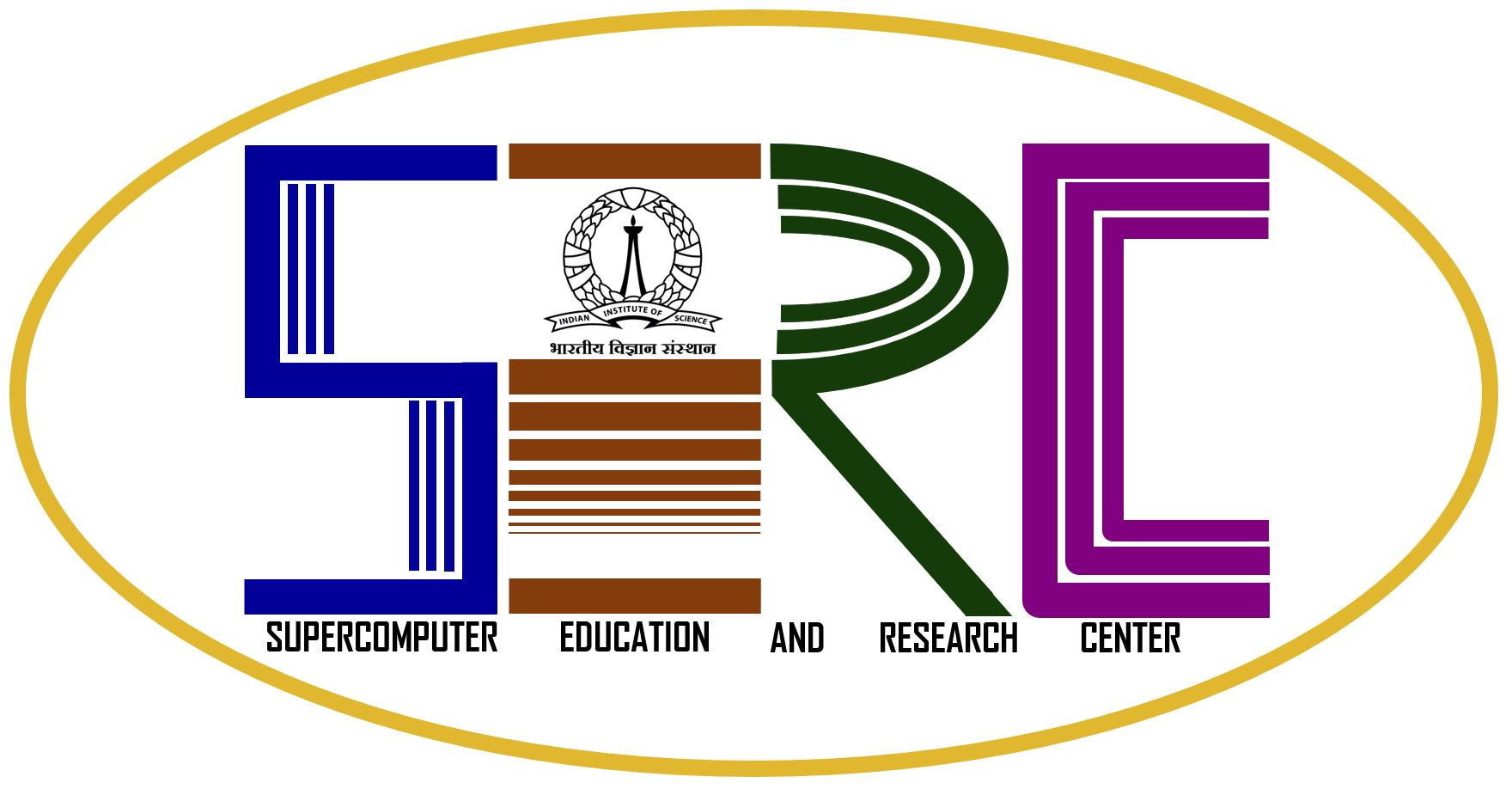|
When installing MathLM and Mathematica on a Unix or Linux system, you may need to mount the CD. On some systems, such as Solaris and some Linux platforms, there is a daemon running in the background that will automatically mount the CD. For systems that do not have such a daemon, you must mount the CD manually. You may need root privileges in order to give the mount command. Following are typical mount commands for various systems. The name of the device representing the CD-ROM is different on different systems. To determine the device name, consult the documentation for your platform. In the following commands, the CD mount point (represented by /cdrom ) could be different for your platform. Common CD mount points are /cdrom and /mnt/cdrom
If the filenames on the CD appear in the wrong case, it means the CD is mounted incorrectly. Note that on HP-UX you must use the command pfs_mount instead of mount.
After you have finished using the CD, you must unmount it. Typically, the unmount command is umount /cdrom. Before unmounting the CD make sure that no programs are running from the CD, no files are open, and no users have a directory on the CD as their current working directory.
|

SUPERCOMPUTER EDUCATION AND RESEARCH CENTRE
WELCOME TO SERC